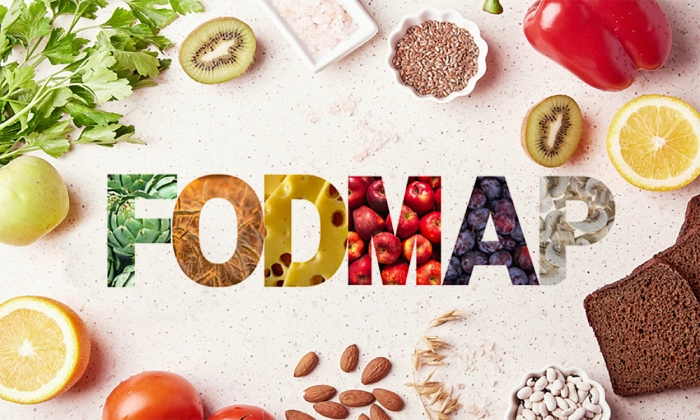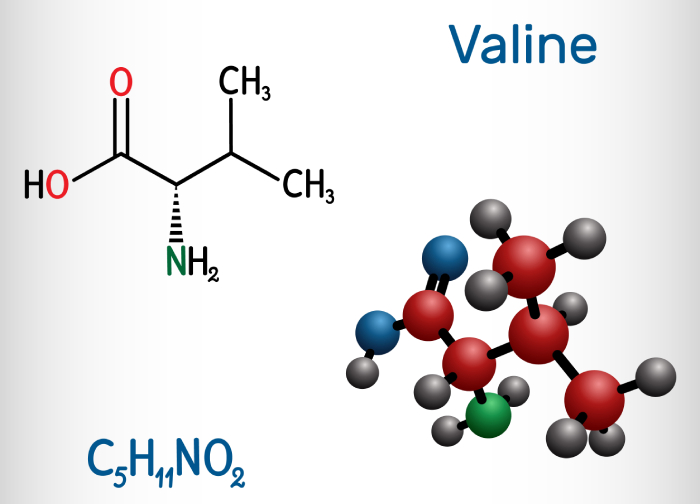High FODMAP Intake and Mortality in Cirrhotic Patients: A Prospective Study
Cirrhosis is a chronic liver disease characterized by persistent damage, leading to fibrosis and impaired liver function. In this study, researchers explored the potential association between the intake of fermentable oligo-, di-, monosaccharides, and polyols (FODMAPs) and mortality rates in individuals with cirrhosis, utilizing data from a long-term prospective cohort study.
Study Design and Methods
The cohort study included 166 ambulatory patients recruited from two hospitals in Tehran, Iran, between 2016 and 2018, with follow-ups extending up to April 30, 2022. Over a total of 3,955 person-months, 43 deaths were recorded (36 males, 7 females). Participants were categorized into three groups based on their FODMAP intake, and Cox proportional hazards regression models were employed to assess mortality risk.
Key Findings
Increased Mortality with High FODMAP Intake: Patients with the highest intake of total FODMAPs exhibited a significantly increased risk of mortality compared to those with the lowest intake (HR = 3.5; 95% CI: 1.05, 11.7; P-trend = 0.036).
Fructans and Fructose as Risk Factors: A heightened mortality risk was also observed in those consuming high levels of total fructans (HR = 5.15; 95% CI: 1.15, 23.2; P-trend = 0.006) and excess fructose (HR = 5.55; 95% CI: 0.54, 57.14; P-trend = 0.018).
Divergent Effects Among FODMAP Subtypes: The association between mortality risk and galactooligosaccharide intake followed a U-shaped pattern. Meanwhile, lactose intake was associated with a lower mortality risk, whereas polyols consumption correlated with a higher risk, though these findings were not statistically significant.
Conclusion
The study suggests that elevated consumption of total FODMAPs, particularly fructans and fructose, may contribute to an increased mortality risk in cirrhotic patients. These findings emphasize the need for further investigation into the role of dietary composition in managing liver disease outcomes.
Commentary by SuppBase Columnist Alice Winters

This study delivers an intriguing perspective on the dietary impact of FODMAPs in cirrhotic patients, but several limitations and contextual factors warrant discussion. While the findings suggest a clear association between high FODMAP intake and increased mortality risk, several key questions remain unanswered.
Sample Size and Statistical Power: With only 166 participants and 43 recorded deaths, the study’s statistical power is limited, especially when assessing individual FODMAP subtypes. The wide confidence intervals, particularly for fructose (HR = 5.55; 95% CI: 0.54, 57.14), indicate substantial variability in the data.
Confounding Dietary Factors: The study does not comprehensively control for overall dietary patterns, nutritional deficiencies, or other metabolic factors that could influence mortality. For instance, high FODMAP intake may correlate with a generally unhealthy diet rather than being a direct causative factor.
Liver Disease Progression and Individual Variability: Cirrhosis is a highly heterogeneous condition, and the effects of FODMAPs may vary based on disease severity, gut microbiota composition, and metabolic state. A more detailed stratification of patient subgroups could provide deeper insights.
Mechanistic Insights Are Lacking: While the study establishes an association, it does not clarify the biological mechanisms at play. Are these effects mediated through gut microbiome alterations, increased ammonia production, or hepatic inflammation? Future research incorporating microbiome and metabolic markers would be invaluable.
Clinical Application Remains Unclear: While the results suggest caution in high-FODMAP intake for cirrhotic patients, the lack of statistical significance in some findings (e.g., polyols and lactose) complicates the interpretation. Should dietary guidelines for cirrhosis patients explicitly restrict all FODMAPs, or should specific components be targeted?
Final Verdict
This study adds to the growing body of research linking diet to liver disease outcomes, but it leaves room for refinement. While the findings are compelling, they should be interpreted with caution given the small sample size, confounding variables, and lack of mechanistic clarity. Future studies should aim for larger cohorts, more precise dietary assessments, and mechanistic exploration to solidify these observations. Until then, cirrhosis patients should approach dietary changes under medical supervision, rather than based on preliminary cohort findings.



